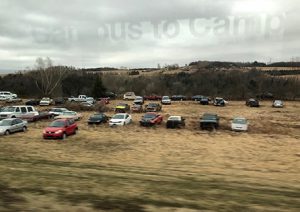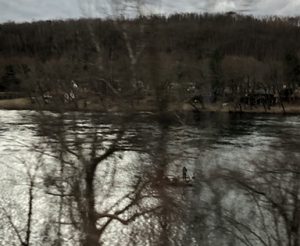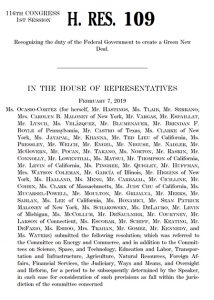
31 March 2019. Leaving Ithaca for New York by the Cornell Campus to Campus Bus. It is a trip that takes me from the highlands of the Finger Lakes downwards towards the east coast, along inclining elevation lines and past a number of more or less permanent dwellings, all of which tell other stories about the land than the official. On one side of the road, the views of the Upper Delaware Scenic and Recreational River National Park, on the other, scattered townships, informal, frayed, and rubbishy. There is, however, a noticeable persistence to these settlements, clinging to slanting roads leading elsewhere, even further away from the center of political and economic attention. The persistence is ambiguous though, a manifestation in the margins of a limitless extractive logic. If unabashed exploitation is often well concealed or often happens elsewhere, here it is, in an elsewhere that marks its presence; a skewed everyday landscape neglected and consumed in favour of forwarded futures.

My reading of the landscape and its asymmetries is most probably colored by academic impressions gathered over the last two months. One such lingering imprint is that of the Labor and the Arts class that I attended, and the discussion about the House Resolution 109, or the so called Green New Deal. Here, Professor Karen Pinkus and her students engaged in a close reading of a document, that will eventually play a major role in American politics in the year to come. A new deal, and a green one too, meeting the sloping planes and pitiless inclinations that characterizes this country. Or a toothless gesture and tactical fallacy with, potentially, fatal results.
“Whereas, because the United States has historically been responsible for a disproportionate amount of greenhouse gas emissions […] the United States must take a leading role…”
“Whereas climate change, pollution, and environmental destruction have exacerbated systemic racial, regional, social, environmental, and economic injustices (referred to in this preamble as ‘‘systemic injustices’’)…”
“Resolved, That it is the sense of the House of Representatives that— […] it is the duty of the Federal Government to create a Green New Deal— […] to secure for all people of the United States for generations to come— (i) clean air and water; (ii) climate and community resiliency; (iii) healthy food; (iv) access to nature; and (v) a sustainable environment; and to promote justice and equity…”
Resolved. Yet a non-committal resolution, and an echo of Aldo Leopold, America’s haunting environmental conscience:
“Perhaps the most serious obstacle impeding the evolution of a land ethic is the fact that our educational and economic system is headed away from, rather than toward, an intense consciousness of land” (A Sand County Almanac – and Sketches Here and There, 1949).

